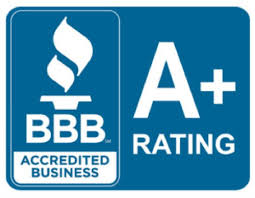Carbon monoxide (CO) is a colorless, odorless, tasteless gas that is produced by the incomplete combustion of fossil fuels. Appliances such as your furnace, space heater, water heater, stove, charcoal grill or gas dryer can be sources of carbon mo
oxide, especially if they are not in proper working condition, or have been installed improperly. Vehicle exhaust fumes from attached garages, and improperly operating fireplaces also can be hazards. If your home has been tightly sealed for energy efficiency CO can be an even worse problem.
What are some of the symptoms of carbon monoxide poisoning?
What are some of the symptoms of carbon monoxide poisoning?
The symptoms caused by carbon monoxide poisoning are easily overlooked because they are often like the flu. With mild exposure, most people experience headaches, fatigue and nausea. Medium exposure can cause a severe throbbing headache, drowsiness, disorientation, confusion and an accelerated heart rate. Extreme exposure can lead to unconsciousness, convulsions, heart or respiratory failure, coma and even death.
How can I detect carbon monoxide in my home?
How can I detect carbon monoxide in my home?
The best method of detection is to use a carbon monoxide detector in your home. It monitors the air for carbon monoxide and sounds an alarm if harmful levels are detected. We can install monitors for you.
How often should I change or clean my filters?
How often should I change or clean my filters?
Check the filter every 3 to 4 weeks. Replace your filter when necessary, or clean it if you have the reusable type. Reusable filters, should be completely dry before they are re-installed.
For some good tips on what to do before calling for service and for suggestions on duct-balancing along with other operating tips for your heating, cooling, and heat pump systems, please click here to download a PDF of a handy booklet that we provide to our customers.





